Preparing Troops to Thrive in the Chaos of Combat
The U.S. Army Operating Concept: Win in a Complex World,” which was released last year, acknowledges a great deal of uncertainty about the future. The operational environment, enemy, locations and coalitions involved all are unknown. But one thing is certain: Superior training will be required to win. To that end, the service is preparing to initiate or expand training for complex environments—cyber, mega-city and subterranean warfare—where it seldom, if ever, trains today.
In the cyber world, of course, the Army does offer some training, but not across the entire force, explains Maj. Gen. Jonathan Maddux, USA, program executive officer for simulation, training and instrumentation (PEO STRI). “Today, you have cyber defensive and offensive training for individuals and some collective training going on. That’s cyber training for cyber warriors,” Gen. Maddux explains. “However, we do not have cyber collective training for the rest of the Army.”
The general places cyber training in three categories: cyber for cyber warriors; cyber for all, meaning the warriors across the rest of the force; and cyber for others, meaning staff personnel, for example. “We do not train the two categories of other and all. We are focused on those cyber mission teams,” he adds. Training includes red teams of hackers certified by the National Security Agency that evaluate the security of systems undergoing tests as well as blue teams that help improve the security of systems as they are being developed.
The Army is not alone in recognizing the need for greater cyber training. The Office of the Secretary of Defense (OSD) currently operates the National Cyber Range for testing systems but may establish a cyber training range as well. When that happens, the PEO STRI could be tapped to provide range services. “Right now, the OSD is working on a collective cyber training range that we may potentially help them with in the future. It is to be determined who will be the executive agent,” Gen. Maddux states.
Future forces may face another complex combat environment: mega-cities with populations of tens of millions, mostly noncombatants. Because city combat is considered especially brutal, Army officials have avoided it for most of the service’s existence. But urban warfare became largely unavoidable in places such as Bosnia, Iraq and Afghanistan. “We don’t train [for] mega-cities, nor do we have the infrastructure to do that in a live environment,” Gen. Maddux offers, pointing out that the service cannot build mega-cities at its training bases. “Yet, instead of avoiding mega-cities as we have in the past, there are instances where we will be fighting there since that is where most of the world’s population lives.”
Because of that, the service will have to “create and put [mega-cities] into an immersive environment as well as new concepts and training,” he says. One of those new concepts, which may go hand in hand with mega-city warfare, is subterranean operations—tunnels or subways that may be contaminated with chemicals or filled with noncombatants.
To train future forces to fight and win in an array of environments, including cyber, mega-cities and subterranean scenarios, service officials plan to develop and field a Synthetic Training Environment (STE). The STE will improve the integration of gaming with live, virtual and constructive training. Virtual training involves real people using simulated weapons. Constructive training is a computer program that may require input from humans but simulates both people and weaponry.
The service uses each type of training, but not to the degree it could. “We have training today that is, to a degree, immersive in a constructive and virtual environment, and of course we tie in live training. We can do all of those things together. But there’s much room for improvement in synchronizing those,” Gen. Maddux says.
Army documentation describes the STE as the “next-generation collective training system that will fully support the Army’s Operating Concept (AOC) and Force 2025 and Beyond.” The system is promoted as providing “a cognitive, collective, multi-echelon training and mission rehearsal capability” that the active and reserve components will use.
The STE will replace seven current programs of record: Games for Training; Synthetic Environment Core; Close Combat Tactical Trainer; Aviation Combined Arms Tactical Trainer; Live, Virtual, Constructive-Integrating Architecture; Joint Land Component Constructive Training Capability; and the Intelligence Electronic Warfare Tactical Proficiency Trainer.
The STE’s first increment, which will provide an initial operating capability, is scheduled to be fielded in late 2023. The STE is considered a potential high-priority acquisition program. It will augment live training to ground, dismounted and aerial platforms. It also will allow training virtually anywhere it is needed.
While the primary goal for developing the STE is to provide the best training possible for future warfighters, the service also is driven in part by the aging simulation systems still being used. “Of every dollar we spend, nearly 50 percent goes to sustaining our training systems that are already fielded across the world. Many of those have been in the field for a long, long time,” the PEO says. He cites the Close Combat Tactical Trainer, which is the crew trainer for tanks and Bradley Fighting Vehicles that has been in service since 1992.
“Most of our systems have been in the field for decades,” Gen. Maddux says, adding that systems have been upgraded to some degree. “It is time to bring new science and technology in tune with the AOC. It’s a great opportunity to move forward and ensure we create a Synthetic Training Environment that’s more immersive for our warriors. We certainly intend to do that.”
To make the STE a reality, the service will combine the architectures used for the training and mission command environments, improving the ability for future forces to train as they fight. “Tomorrow, the AOC’s going to force us, for all the right reasons, to plan and train in the same operating environment as we do in combat, which makes all kinds of sense, but we really don’t do that today,” Gen. Maddux offers.
Combining architectures will allow the service to use the same digital maps and terrain features for training that it uses for warfighting. PEO STRI is working with the office of the PEO for Command, Control and Communications-Tactical on that effort. Achieving one world terrain is one of several underlying science and technology efforts associated with the STE. The others are architecture, architecture support, single synthetic environment, training at the point of need, artificial intelligence, intelligent tutoring and big data.
Meanwhile, the AOC includes 20 warfighting challenges, and “to increase or enhance training” is eighth on the list, Gen. Maddux observes. The service likely will change that to “enhance realistic training” in the near future.
“This Synthetic Training Environment is in tune with the new AOC and our Army’s new way of warfighting. It’s all about putting our warriors in a more immersive environment and about winning in complex situations,” Gen. Maddux states. “Enhanced realistic training is how we prepare our future leaders to thrive in an uncertain and chaotic environment—to thrive, not just to adjust, but to thrive.”
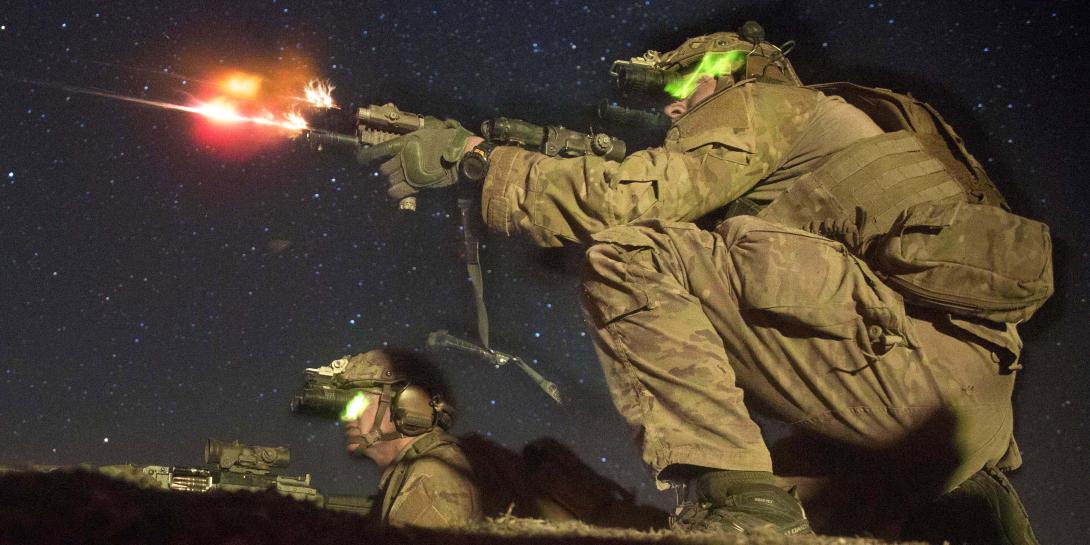
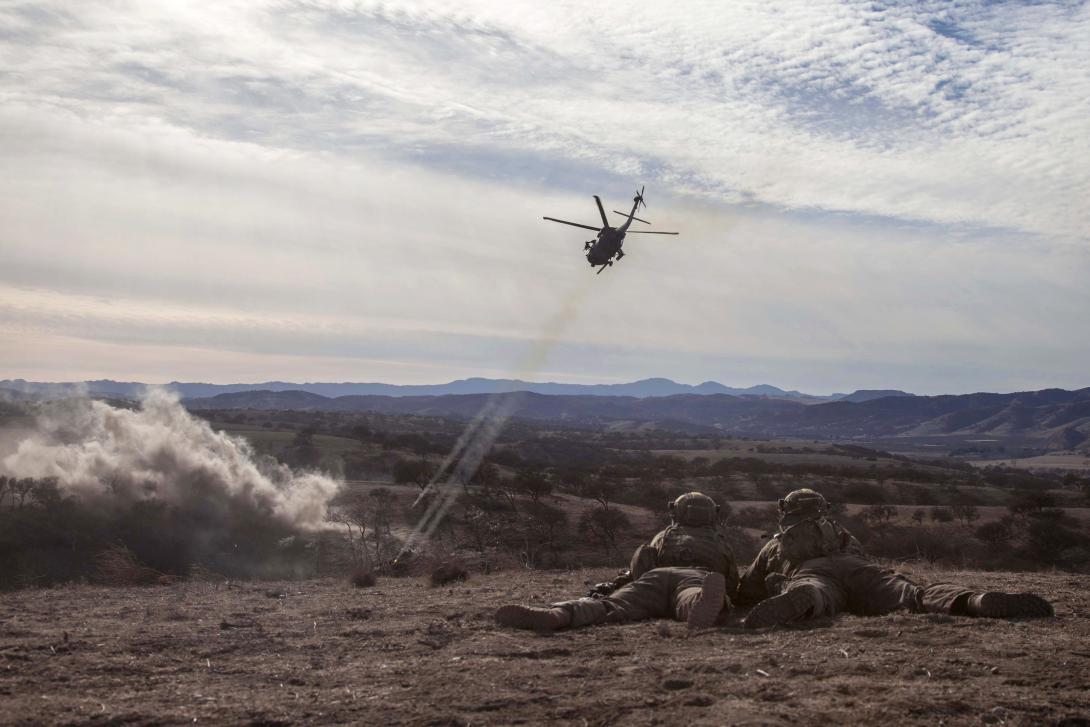
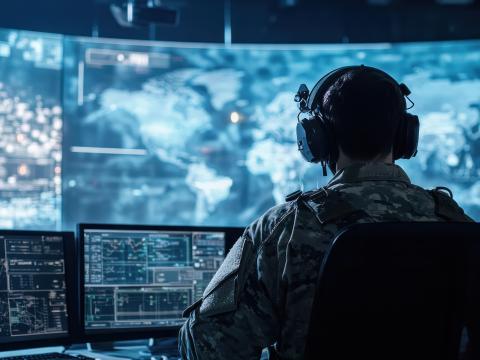
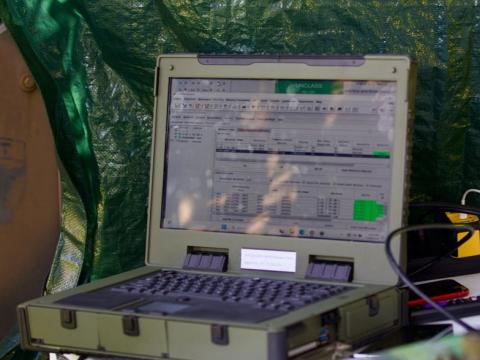
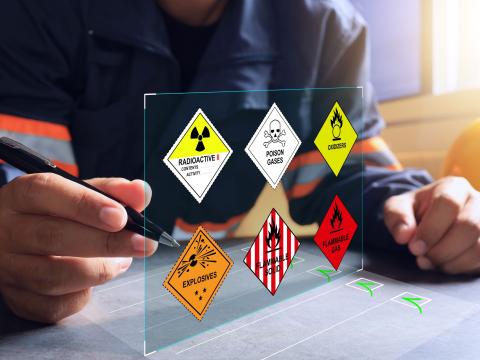

Comments